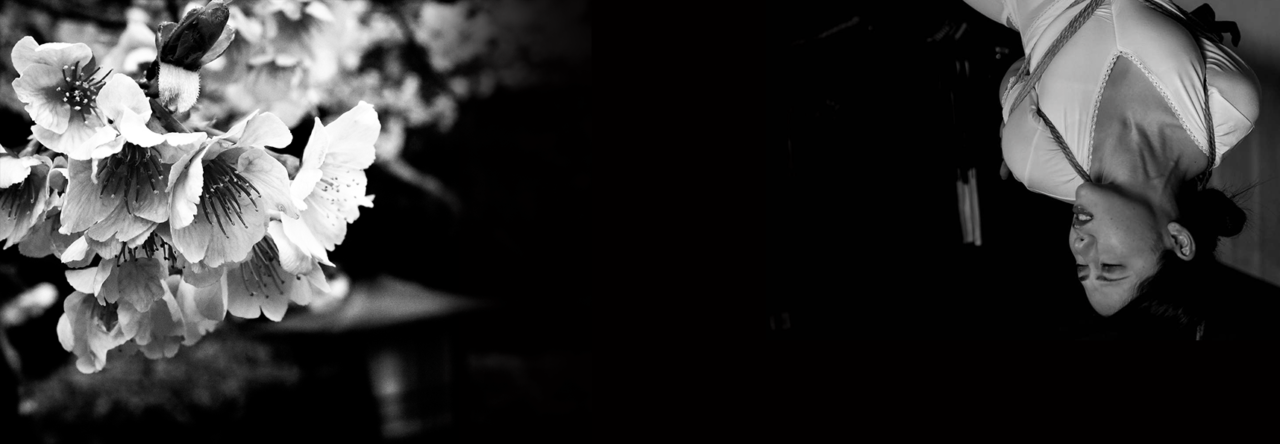Minarai means “learning by seeing”. This technique is used in many Japanese crafts. In the early days, an apprentice watches the master without actively doing anything himself. Only through the active and concentrated watching he already learns something.
When the student pr apprentice starts actively doing something for the first time, the body has already developed a feeling for the correct movements. Of course, these movements cannot yet be executed correctly. But the learner feels how it should feel and can correct himself better.
The same principle applies to shibari. If you watch an experienced person closely for a long time, you can learn a lot. Once you actively pick up the rope, your understanding of how it is all done will already be within you. Since shibari is often seen on stages and at private events, every opportunity to watch it should be utilized. Fans of certain Bakushi sometimes travel long distances to take advantage of every opportunity to watch them. Every performance is a chance to make minarai.

Attentive and focused watching plays a big role in Japan. The connection between eye and hand transmits a feeling for the “right” movement. Shibari is especially suitable for this kind of learning because it follows its own rhythm.
At the same time, however, this can create problems. If the movements are too clear and predictable, the bakushi can not surprise the ukete. Even the (uninformed) audience can thus recognize the style of the bakushi over time. In part, techniques have been developed in response, the purpose of which is not obvious, so as to preserve the element of surprise.



